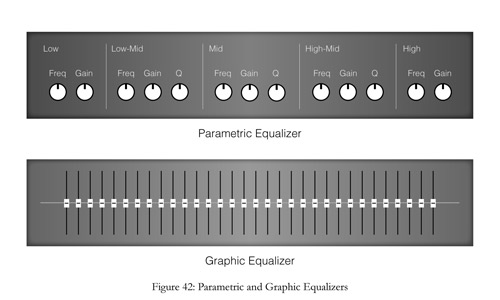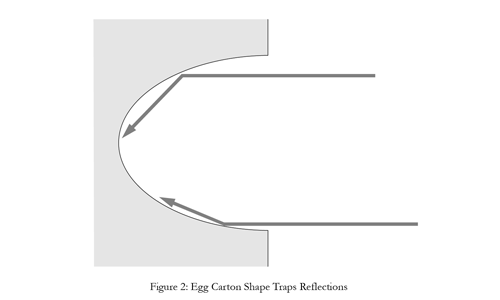We’re proud to announce the launch of HowToMic.com, a website that shares excerpts from the Microphone Placement Guide of the Encyclopedia of Home Recording. It’s a great place to find tips on microphone choice and placement, and it’s totally free! Visit HowToMic.com for more information.
The Encyclopedia of Home Recording
A Complete Reference for the Home Studio
Category: Home Recording Tips (page 1 of 2)
AudioTuts has just posted a new article from the author of The Encyclopedia of Home Recording. A set of tips on how to keep organized in the recording studio to make your recording sessions go smoother. Check it out here: Quick Tip: 5 Ways To Stay Organized In The Studio.
Most home recordists are familiar with using delay effects, but the really good recording engineers know how to use delay subtly as a rhythmic device with the tempo of the song, and can use it to affect the song’s overall feel.
AudioTUTS has posted another excerpt from The Encyclopedia of Home Recording which explains how to use delay effects well and how to calculate delay times for an individual song. Check out the article here.

The good folks over at AudioTUTs have posted another expert from The Encyclopedia of Home Recording! Today they’ve posted the Auxiliary Send entry. Check out the entry here to learn about how to use auxiliary sends for effects, submixes and monitor mixes.


A major factor in the quality of a sound recording, though one often overlooked by home studio users, is the acoustics of the room the recording is being made in. Understanding acoustics and how to manipulate them can help you get better recordings.
The good folks over at AudioTUTS have published an excerpt from the Acoustics entry in The Encyclopedia of Home Recording which provides insight into the role of acoustics in home recording and what you can do about it without huge renovations to your home. Check out the article here.
Mixing is where all the efforts of recording come together. If you don’t know what you’re doing when it comes time to mix, even well recorded tracks can end up muddy and unintelligible.
AudioTUTS, a recording and audio production blog, has posted an excerpt from The Encyclopedia of Home Recording on the subject of mixing. This article will help give you an in depth understanding of the aspects of the mix that you need to think about as well as tips on how to improve your mixes. Check it out here.

The equalizer is a very powerful tool in the home studio, but of you don’t know how to use it properly, you can do more harm that good to your sound. AudioTUTS has posted an excerpt from The Encyclopedia of Home Recording that shares information about how equalizers work, as well as some useful tips for getting great results from your equalizer. Check out the book excerpt here.





Compression is one of the most important tools in recording modern music and is used in every stage of audio production, yet its one of the least understood by those who record in the home studio. The Encyclopedia of Home Recording has an extensive entry about compression, and an excerpt from it is now available for you to read for free!
AudioTUTS has published an section from the book that covers compression, including what a compression ratio is, how to use the attack and release settings, and the difference between hard-knee and soft-knee compression. Check the article out here.




There are two main factors that affect the fidelity of a digital recording (it’s ability to accurately reproduce what it being fed to it my the mixing board), sample rate and bit depth. AudioTUTS, an audio production and recording blog, has just published an excerpt form The Encyclopedia of Home Recording that explains bit depth and the effect it has on your recordings. Check out the article here to learn more and help improve your home recordings.


Looking for a way to understand dynamic range, how it affects your recordings and how you can use compression to manipulate it and create better recordings? The crew over at AudioTUTS have posted another excerpt from The Encyclopedia of Home Recording. This time covering dynamic range. Check out the article here.
To find out more about dynamic range, compression, and the tools and techniques of the recording studio, check out The Encyclopedia of Home Recording, available in trade paperback and Kindle ebook.
© 2024 The Encyclopedia of Home Recording
Theme by Anders Noren — Up ↑

